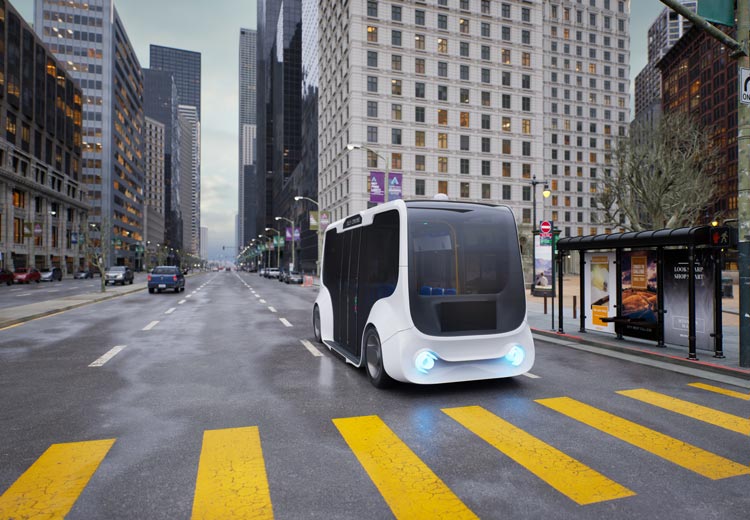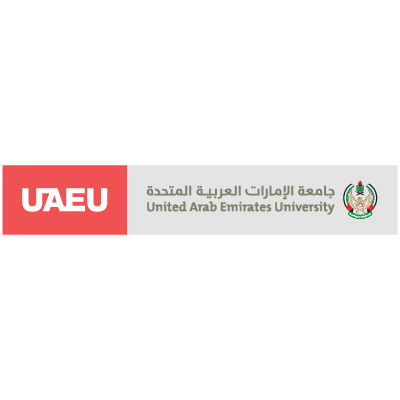Mass transit ideal for autonomous vehicles in the UAE

Sponsored by

Researchers from the Emirates Center for Mobility Research at UAEU simulate 30 years of passenger transportation to find the most efficient and environmentally friendly method
Mass transit systems with autonomous vehicles are significantly more efficient and environmentally friendly than private vehicles or human-driven bus systems, according to research from the United Arab Emirates (UAEU).
The UAE is pushing autonomous vehicles to curb carbon emissions and reduce congestion. The Dubai Autonomous Transportation Strategy aims to transform a quarter of total transportation in Dubai to autonomous vehicles by 2030, while Abu Dhabi is developing its own strategy.
“The future is directed towards autonomous and connected vehicles,” says Hamad Al Jassmi, director of the Emirates Center for Mobility Research at the UAEU. “But people assume that they’re better than what we currently have. We wanted to assess this trend from a comprehensive perspective, including environmental, social and economic perspectives.”
Transportation accounts for almost a quarter of global carbon dioxide emissions, with just under half of that due to passenger vehicles. Cutting emissions in this sector would significantly reduce humanity’s carbon footprint and contribution towards climate catastrophe.
Al Jassmi and his colleagues predict that autonomous vehicles would be more efficient and environmentally friendly because of their ability to communicate with each other, smoothly accelerate and decelerate, and optimally use lanes.
“We have an issue in the city of Abu Dhabi: one of the major roads has peak traffic of about 9,000 vehicles,” says Umair Hasan, a senior research fellow at the university who worked on the research project. Within this highly congested area, the UAEU researchers identified a 3.5km stretch and decided to investigate the optimum form of transportation to move passengers from one point to another.
They obtained data from the local department of transport and combined it with a pollutant emissions database that included more than 12,000 vehicle and fuel types. “We modelled real-world vehicle volume, speed-time and acceleration-deceleration profiles under different traffic scenarios,” says Hasan. Using the UAEU’s in-house high-performance computing infrastructure, the researchers were able to combine and analyse the data for a 30-year period.
They modelled what would happen if passenger vehicles continued to dominate the highway, if a human-driven bus system was implemented, or if a bus rapid transit (BRT) system was introduced. “We had better results with buses than not using buses, but we got way better results using autonomous buses because they can communicate better with each other,” Hasan says.
An autonomous BRT system consumed almost 60 per cent less energy, emitted 55 per cent less carbon dioxide, 50 per cent less harmful nitrogen oxide pollutants and a quarter less particulate matter, which has been implicated in the risk of lung cancer and heart disease. They published their findings in journal Sustainability.
“Our research shows that autonomous vehicles are best used in controlled environments,” says Al Jassmi. Solutions like the BRT also circumvent current regulatory difficulties such as liability if an autonomous vehicle crashes. Other places where autonomous vehicles could also play an important role are hospitals and universities.
However, the current study focused on the microscopic level in a “semi-lab environment” of 3.5km, says Hasan. In the future, the team will look at “integrating population density, urban form, land use and sociodemographic models to create a comprehensive macro-level transit demand model”. Such models would create a more realistic, city-wide picture of how autonomous vehicles would impact transportation.
Find out more about the Emirates Center for Mobility Research at the UAEU.